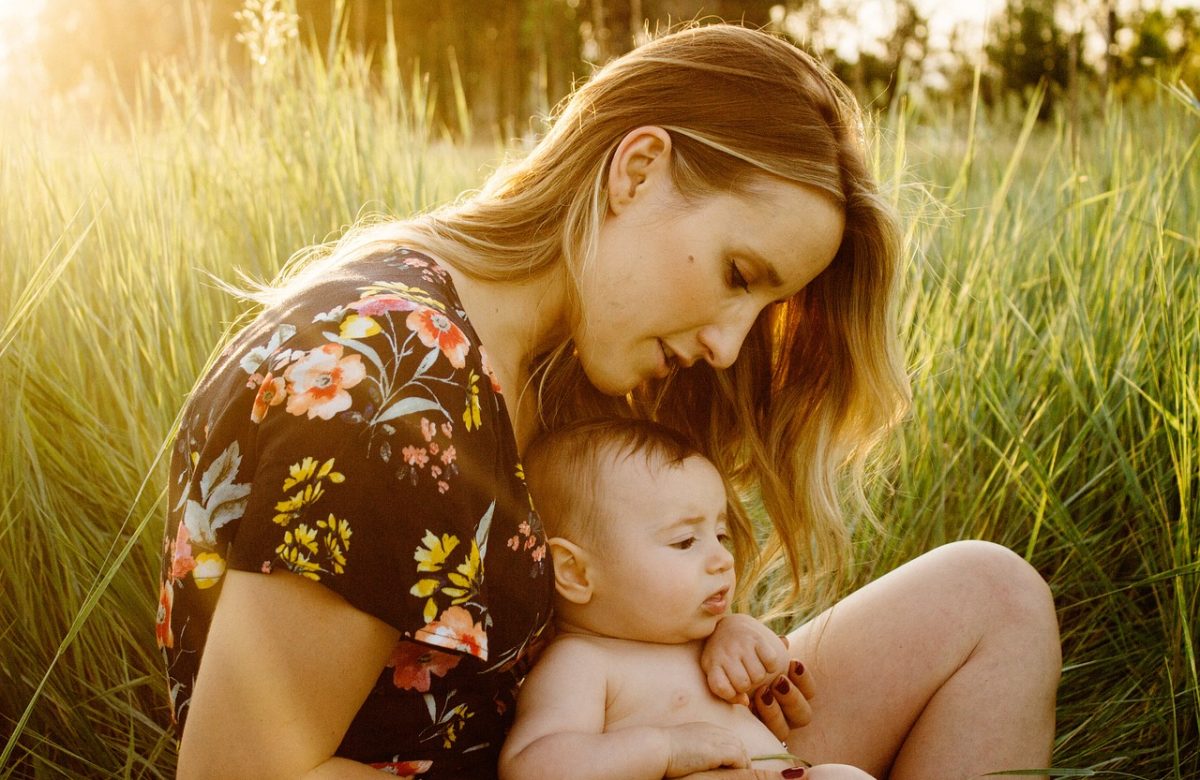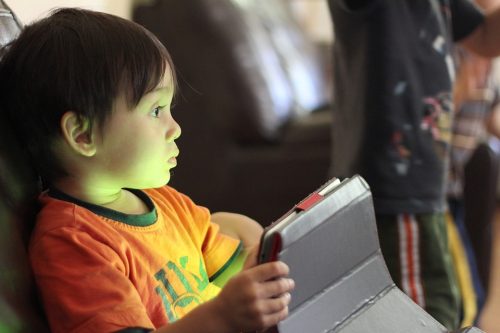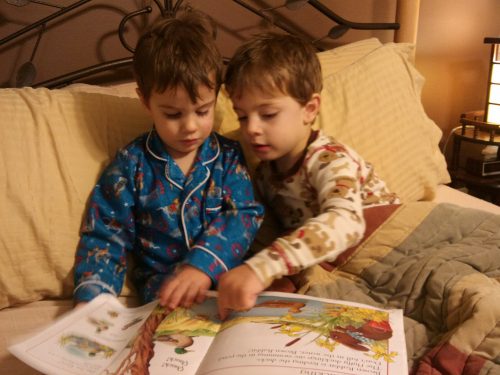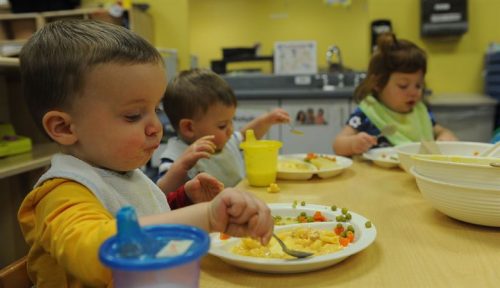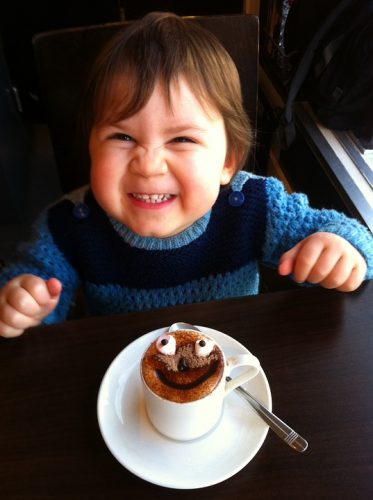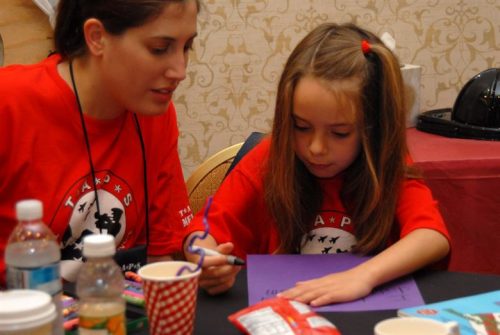If you’ve ever found yourself in the midst of a toddler’s emotional storm, wondering what sparked it and how to calm the seas, you’re in good company. Toddler tantrums are as common as they are perplexing, often leaving even the most seasoned parents feeling frustrated and scratching their heads.
In this article, we’ll explore the whys and hows of these tantrums, unveiling the mysteries behind these tempestuous episodes. From understanding the triggers to learning effective strategies for response and prevention, we’re here to equip you with the knowledge and tools to confidently navigate this turbulent but essential phase of your child’s development.
Let’s embark on this enlightening expedition together, transforming challenges into opportunities for growth and bonding.

What Are Toddler Tantrums?
A toddler tantrum is like a sudden storm, unexpected and often fierce, marked by crying, screaming, kicking, or even throwing things. It’s a natural part of toddlerhood, occurring most frequently between ages one and four. But what exactly are these tantrums? They are intense emotional outbursts that toddlers experience as they learn to navigate their feelings and the world around them.
At this age, toddlers are developing their sense of self and independence, yet they often lack the language skills and emotional regulation to express their needs, desires, child’s anger, and frustrations effectively.
As a result, when they encounter a situation they can’t control or don’t understand, their emotions can overflow in the form of a tantrum. It’s important to remember that these tantrums are not a reflection of poor parenting or a problematic child; they’re a normal part of child development, as young children learn to manage their emotions and interact with their environment.
Common Triggers Of Tantrums
Understanding what triggers tantrums can be key to managing and eventually reducing them. Here are some common catalysts:
1. HUNGER AND TIREDNESS
Basic needs like hunger and sleep significantly impact a toddler’s mood. When kids learn they’re hungry or exhausted, their tolerance for frustration is much lower, more likely making tantrums happen.
2. OVERSTIMULATION
Toddlers can easily become overwhelmed in environments that are too loud, bright, or busy. This sensory overload can trigger a meltdown as they struggle to process the excess stimuli.
3. FRUSTRATION AND INABILITY TO COMMUNICATE
Often, toddlers know what they want but lack the verbal skills to express it. This communication gap can lead to frustration and, tantrums ultimately make things worse.
4. DESIRE FOR INDEPENDENCE
As toddlers grow, their desire for autonomy increases. When they’re not allowed to do things on their own or are stopped from exploring, it can lead to frustration and tantrums.
5. INABILITY TO COPE WITH ‘NO’
Toddlers are testing boundaries and learning about limits. When told ‘no’ or denied something they want, it can result in a tantrum as they are still learning how to cope with disappointment and refusal.
6. CHANGE IN ROUTINE
Toddlers thrive on routine and predictability. Changes, even small ones, can be unsettling and might trigger tantrums.
7. EMOTIONAL STRESS
Like adults, toddlers can experience stress. Factors like a new sibling, moving houses, or starting preschool can contribute to increased temper tantrums.
By understanding these triggers, parents and caregivers can anticipate and, in some cases, prevent tantrums by addressing the underlying needs or modifying the environment to better suit the toddler’s current state.

Toddlerhood: A Phase Of Rapid Development
During the toddler years, which typically span from ages one to three, most children undergo remarkable transformations in various aspects of their development.
This period is characterized by significant advancements in their physical, cognitive, and emotional growth.
Independence And Autonomy
One prominent aspect of toddler development is the emerging desire for independence. Toddlers want to assert themselves, often exclaiming, “I do it myself!” While this newfound independence is essential for older children in their growth, it can also be a source of frustration, both for the child and their caregivers.
COMMUNICATION CHALLENGES
Toddlers are rapidly acquiring language skills, but they are still in the early stages of language development. They often lack the vocabulary to express their needs and emotions adequately. This limitation can lead to increased frustration and, in turn, tantrums when they can’t communicate effectively.
EXPLORING A WORLD OF EMOTIONS
Toddlers are like little explorers venturing into the vast realm of emotions. They experience feelings deeply but do not yet possess the tools to comprehend or express them effectively. This emotional immaturity means they can become overwhelmed by intense and strong emotions such as:
- Anger
- Sadness
- Frustration
SEEKING ATTENTION AND VALIDATION
At this stage, toddlers are beginning to seek more attention and validation from their caregivers. If they feel ignored or if their emotional needs aren’t met, tantrums may become their way of expressing these needs. It’s crucial for parents and caregivers to recognize these emotional triggers and handle tantrums with empathy.
The Impact Of The Environment
The environment plays a significant role in shaping toddler behavior. Toddlers are highly attuned to their surroundings and can react strongly to changes and stimuli in their environment.
SENSORY SENSITIVITIES
Toddlers are still developing their sensory processing abilities. Loud noises, bright lights, or crowded spaces can be overwhelming and lead to tantrums as a way of expressing their discomfort. Creating a sensory-friendly environment is essential to minimize such triggers.
ROUTINES AND STABILITY
Toddlers thrive on routine and predictability. Frequent changes in routines or an overly chaotic environment can contribute to feelings of insecurity and result in tantrums. Providing a stable and structured environment can help reduce these triggers.
Understanding these developmental, emotional, and environmental factors will help caregivers approach toddler temper tantrums, with empathy and effectiveness, fostering a supportive atmosphere for the child’s growth and emotional well-being.
Effective Strategies For Handling Toddler Tantrums
Dealing with toddler tantrums can be challenging, but there are strategies that parents and caregivers can employ to manage these emotional outbursts effectively.
1. STAY CALM AND PATIENT
When a temper tantrum first erupts, it’s essential for adults to remain calm and composed. Remember that tantrums are a normal part of toddler development and not a reflection of bad parenting. Keeping your cool can help de-escalate the situation.
2. OFFER COMFORT AND REASSURANCE
Physical comfort, such as a hug or holding the child’s hand, can provide a sense of security during a tantrum. Reassure the child’s emotions that you are there for them, and they are safe.
3. USE SIMPLE LANGUAGE
Toddlers may not have the verbal skills to express their feelings or understand complex explanations.
- Use simple, clear language to communicate with them.
- Avoid lengthy lectures or discussions during a tantrum.

4. WAIT FOR THE STORM TO PASS
Sometimes, the best course of action is to wait until the tantrums pass. Trying to reason with a screaming toddler may not be productive. Once the child has calmed down, you can talk about what happened.
5. REDIRECT ATTENTION
Gently redirecting the child’s attention mid tantrum to a different activity or object can help shift their focus away from the cause of the tantrum.
6. SEEK PROFESSIONAL HELP
While tantrums are a normal part of toddlerhood, there are cases where they become frequent, intense, or concerning, and tantrums range from a variety of things.
If a child’s tantrums are causing harm to themselves or others, or if they persist beyond the toddler years, it may be advisable to seek guidance from a pediatrician or child psychologist.
Proactive Measures To Reduce Tantrums
Preventing tantrums is an essential goal for parents and caregivers. By implementing proactive strategies, you can minimize the triggers, avoid tantrums and create a more harmonious environment for your toddler.
ESTABLISH CONSISTENT ROUTINES
Toddlers thrive on routine and predictability. Establishing consistent daily routines for meals, naps, and bedtime can provide a sense of security and reduce the likelihood of tantrums.
ENCOURAGE COMMUNICATION
Since many tantrums stem from your own frustration over communication barriers, encourage your child to express themselves verbally. Just like when parenting shy children, teach them simple words or signs to convey their needs and feelings.
OFFER CHOICES
Toddlers often desire a sense of self control. Offer them choices within limits, such as allowing them to:
- Select a snack
- Choose between two outfits
This can help them feel more independent.
POSITIVE REINFORCEMENT
Praise and positive reinforcement, and encourage good behavior can go a long way. When your child behaves well or communicates effectively, acknowledge and show positive behavior and reward their efforts.
MODEL CALM BEHAVIOR
Children learn by example. Model calm and respectful behavior in your interactions with others, showing them how to manage their emotions appropriately.
CREATE A SAFE AND STIMULATING ENVIRONMENT
Ensure that your home environment is safe and conducive to exploration. Childproofing can prevent accidents that might trigger tantrums. Additionally, provide toys and activities appropriate for the child’s age to keep your child engaged and stimulated.
By implementing these proactive measures and effective management strategies, parents and caregivers can navigate the challenging terrain of toddler tantrums with confidence and compassion, creating a positive and nurturing environment for their child’s development.
To Wrap Up
As we wrap up our discussion on the reasons of toddler tantrums, it’s important to remember that these emotional outbursts, though challenging, are a normal and crucial part of your child’s development. They’re not just a phase to endure but an opportunity to teach and learn, to bond, and to understand your little one better.
Each child’s tantrum is a unique blend of developmental milestones, emotional expressions, and environmental factors, calling for patience, empathy, and tailored responses from us as parents and caregivers. By embracing these moments with a calm and understanding approach, we not only help our toddlers navigate their feelings and have fewer tantrums, but also lay the foundation for their emotional intelligence and resilience.
So, the next time you find yourself in the eye of a toddler’s emotional storm, take a deep breath, remember the insights from this article, and know that with each challenge comes an opportunity to strengthen the bond and aid in the growth of your little one. Happy parenting!
Frequently Asked Questions (FAQs)
What is normal for a toddler to have a tantrum?
How do I deal with my toddler’s tantrums?
At what age should a child stop having tantrums?
How can you make a tantruming child to staying calm?
Is it a tantrum or autism?
What does an ADHD tantrum look like?
Is it OK to ignore toddler tantrums?
Is it best to ignore toddler tantrums?
Should you punish a toddler for a tantrum?
Should I hold my child during a tantrum?
How many tantrums per day is normal?
Why does my toddler feel angry all the time?
How many tantrums a day is normal for a 2 year old?
How do you let a toddler cry it out tantrums?
How do you discipline a toddler?
